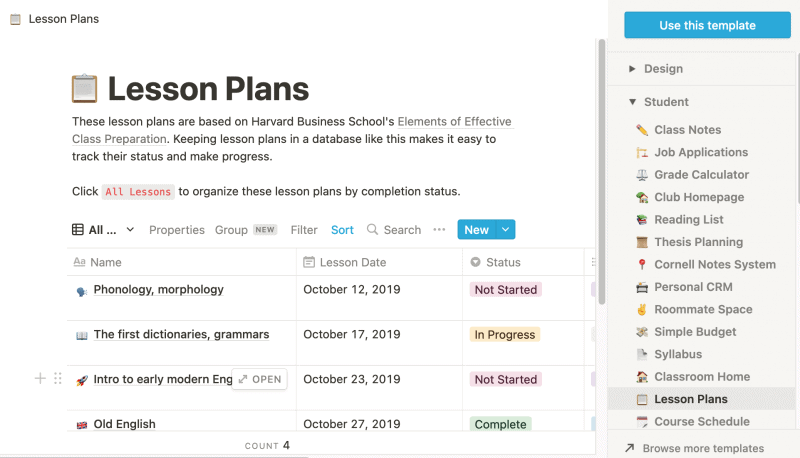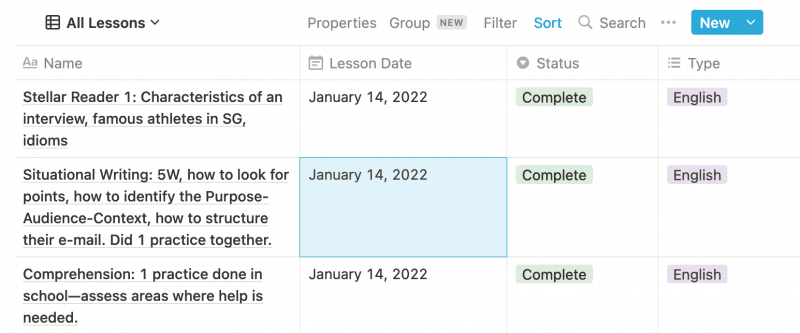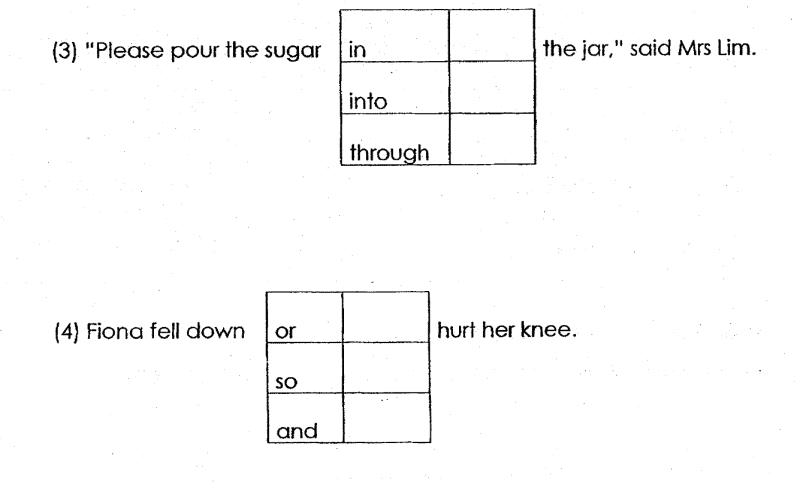How to Teach Primary 1 English at Home
Submitted by Advertiser KiasuParent

Photo by Marta Wave from Pexels
What should you teach your Primary 1 child at home? Since there are no exams for Primary 1 and 2, should you let teachers do their jobs, and focus on easing your child into the practical and social aspects of school life?
Local parents often face the dilemma of whether or not to get involved in academics, especially in the lower primary years. On one hand, it is a chance for your child to develop independent learning habits, but on the other, you don’t want your child to be hit by demoralising grades in Primary 3.
In fact, many parents have already caved in and hired second language tutors for their children before the start of Primary 1! But with English, unless your child has been identified for the school’s Learning Support Programme, there is a tendency to hold back and adopt a wait-and-see approach.
For English, the reality is that some children may not need guidance at all, until about Primary 5 or 6, where additional coaching is more about helping them achieve good grades in the Primary School Leaving Examination (PSLE). Other children may find their daily schoolwork challenging from the get go, and may require more hand-holding.
Even within the same household, it is not uncommon that siblings will have contrasting views of how easy or difficult their schoolwork is. It’s important that you don’t compare your children, and are prepared to support your children differently, when the need arises.
If your Primary 1 child is coming to you for homework help—to clarify instructions, or because they don’t know the answers—this is a sign that you might need to do more.
Below, we will share some tried-and-tested tips on how to stay on top of your child’s school progress, as well as specific strategies for teaching English at home. However, we would like to caution that your relationship with your child should come first, so if you find yourself repeatedly getting frustrated with your child, do seek additional help from the school or consider hiring a tutor.
Track Your Child’s Learning
It has become common practice for primary school teachers to send weekly updates to parents, detailing what children have been taught. If your child’s teachers are not doing this, please check in with the school to ask if this is something they can implement.
To send their progress updates, teachers may contact you via different channels, so you may be receiving messages through ClassDojo, Google Classroom, or the teacher’s preferred mode of communication. However, as many of us receive countless messages every day, these updates may get lost in the noise.
To counter this, you can establish the habit of tracking your child’s weekly progress with a chart. Simply copy updates into an Excel sheet, or use a free app such as Notion to see what your child has learned at a glance.

Notion has different tracking templates that you can choose from, and the “Lesson Plans” template is one that might be suitable. Here’s how a KSP parent has used it for her Primary 5 child:

The purpose of this is so that you can check if your child understands what has been taught for the week, identify learning gaps early, and together with your child, review notes or work on relevant exercises at home. Before exams, you can also have a quick reference to what your child has learned, as opposed to combing through multiple updates. If your child has tutors, this will be a helpful reference for them as well.
Gradually, you can involve your child by getting him or her to update the progress sheet every week. Asking your child what he or she has learned, and comparing it against the teachers’ updates, can also give you a sense of what your child has retained, or found particularly memorable.
Primary 1 English: What Parents Should Know
Rather than trying to make sense of the Ministry of Education’s primary school English syllabus document, you may be better off sticking with the guides given to you by your child’s school.
If your child’s school is using STELLAR readers for English, it’s helpful to know that STELLAR is an acronym for “Strategies for Teaching English Language Learning and Reading.” The STELLAR programme aims to help students acquire English proficiency, through:
- Listening: paying attention to details, following instructions, inferring meaning, recognising rhyming words
- Speaking: show and tell, reading aloud
- Reading: recognising the letters of the alphabet and high-frequency words, and being able to read and understand the STELLAR texts
- Comprehension: developing the ability to answer both literal (Who, What, When, Where) and inference questions (Why and How)
- Writing: usually begins with learning how to identify the sequence of a story and simple journaling exercises, before moving into writing based on pictures and helping words
- Visual literacy: understanding the message conveyed by images
These will be the skills tested in non-weighted assessments.
Apart from the above, you may also want to observe your child’s handwriting for bad habits, such as mixing up upper and lower case letters, or writing that is too small or untidy to be read—it’s a good time to correct this now. And if your child tends to speak softly in public, this is another area that you can slowly work on. A teacher’s tip is to ask a child to read aloud or deliver a presentation in one room, with appropriate volume so you can hear him or her from another room.
Primary 1 English teachers will not typically ask parents to load up on worksheets and practice papers—if they do, it should be a red flag! Instead, you would probably have heard from your child’s English teacher that your biggest role is to promote language exposure, such as by cultivating the love of reading at home, and letting your child see you reading for pleasure.
If you have a streaming video subscription such as Netflix, you can look for quality programmes that your child can enjoy and pick up new words from. These days, audiobooks and child-friendly podcasts are very common and easily accessible as well, and they are great for building listening skills. You can borrow audiobooks for children’s stories from the National Library (using the Libby app), or look for age appropriate podcasts that your child might enjoy, such as the Curious Kids Podcast. Ideally, each podcast episode should be about 10 to 15 minutes long, and you can play this for your children at bedtime.
When it comes to grammar, you might want to try correcting your child’s language in speech, rather than subjecting your child to grammar drills. Here are some examples of gentle corrections that you can make in daily conversations, without embarrassing your child:
Child: I go to the park yesterday.
Parent: Oh, you went to the park yesterday! (role modelling the right way to say it, without an obvious correction)
Child: I no like the book.
Parent: You didn’t like the book? Why didn’t you like it? (keeping the conversation going with a clarifying question that also models correct usage)
If you are still keen to download English test and exam papers for your child, you can refer to sites such as TestPapersFree. Do be aware that test materials after 2019 might be harder to come by, given Singapore’s shift away from exams. Here is a 2019 example of an English review test:

With language papers, sometimes more than one answer could appear correct, so the important skill is learning how to identify the best answer. You could keep a lookout for particularly tricky types of questions—such as questions involving “I vs. me” or “who vs. whom”—and create your own spin-off exercises. For instance, in the question below, which is the right answer?
- The dog followed John and I to the door.
- The dog followed John and me to the door.
Don’t be surprised to encounter a question that you’re not sure about—it’s a chance to model lifelong learning by looking up what you don’t know! Many grammar rules are hard for non-teachers to explain, so it’s often easier to teach a hack instead. For example, in the question above, covering the words “John and” will help you to see the answer more clearly.
Finally, to build vocabulary, you can establish the habit of looking up new words as a family, and making a conscious effort to remember them, either through an app such as Quizlet or Vocabulary.com, or with notecards or a notebook. More importantly, do make it a point to use newly learned words at the dinner table together.
